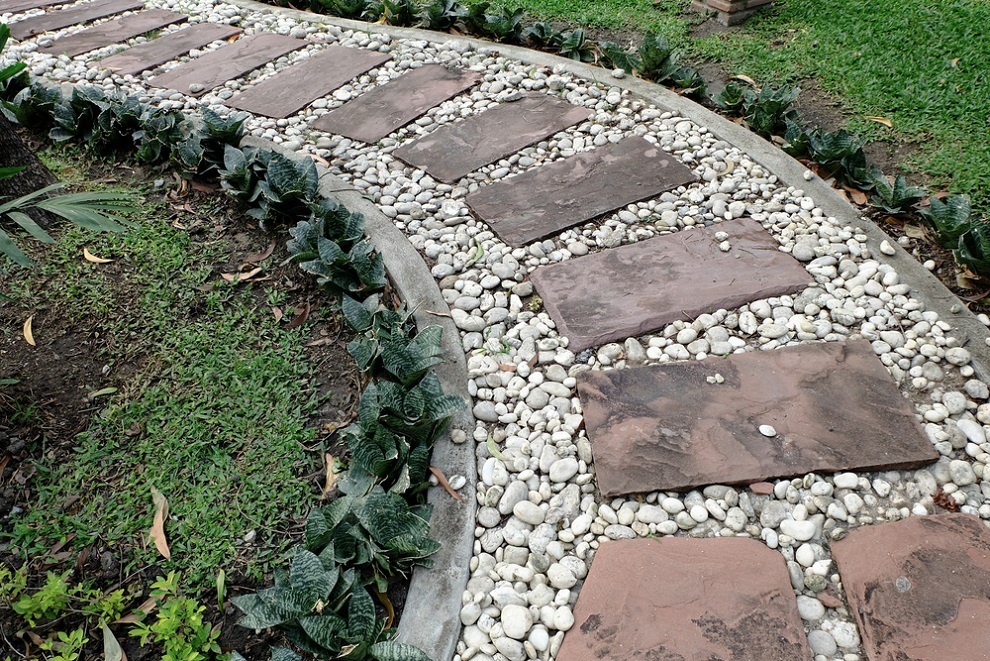 It’s never a good thing to have a broken window in your home, but if you ever find yourself with one, it might not be possible to have it fixed immediately. A repairman might not be able to come out right away or if your budget’s tight, you might not be able to have it repaired right away. But that doesn’t mean you have to worry about drafts and other elements getting into your home in the meantime!
It’s never a good thing to have a broken window in your home, but if you ever find yourself with one, it might not be possible to have it fixed immediately. A repairman might not be able to come out right away or if your budget’s tight, you might not be able to have it repaired right away. But that doesn’t mean you have to worry about drafts and other elements getting into your home in the meantime!
If you only have a small crack or chip in your window, you’re in luck! You might be able to patch it up and prevent the crack from spreading by using items you might already have around the house. Small cracks or chips can often be filled in with clear nail polish, super glue, or clear shellac. In many cases, this can fill in window cracks well enough to be almost completely invisible and you won’t even need to have the entire pane of glass replaced. Just remember to apply it in thin layers and let each layer dry completely before applying a new one.
For cracks that are a bit too large to be patched up with nail polish, ordinary packing tape could do the trick. Simply apply the tape to both sides of the window pane, being very careful not to apply too much pressure and cause more damage to the window. It may not be the most attractive solution and it certainly wouldn’t be a long-term fix, but it would at least help keep drafts and rain out until you’re able to have the pane of glass in your window replaced.
For windows that have larger holes in them, start by removing any loose pieces of glass from the pane and from the area surrounding the window, being very careful not to cut yourself in the process. Once you’re done, measure how large the area is that you need to cover up. With a smaller hole, simply tape a piece of heavy duty plastic, such as a piece of a tarp or a thicker garbage bag that’s been cut to be slightly larger than the hole, to the window pane.If the window has more extensive damage, you might want to use a piece of plywood or heavy duty plastic to cover up the entire window. If you have vinyl replacement windows, use tape to attach the plastic to the frame. For wood windows, you can use a staple gun to attach the plywood or plastic to the window’s frame.









